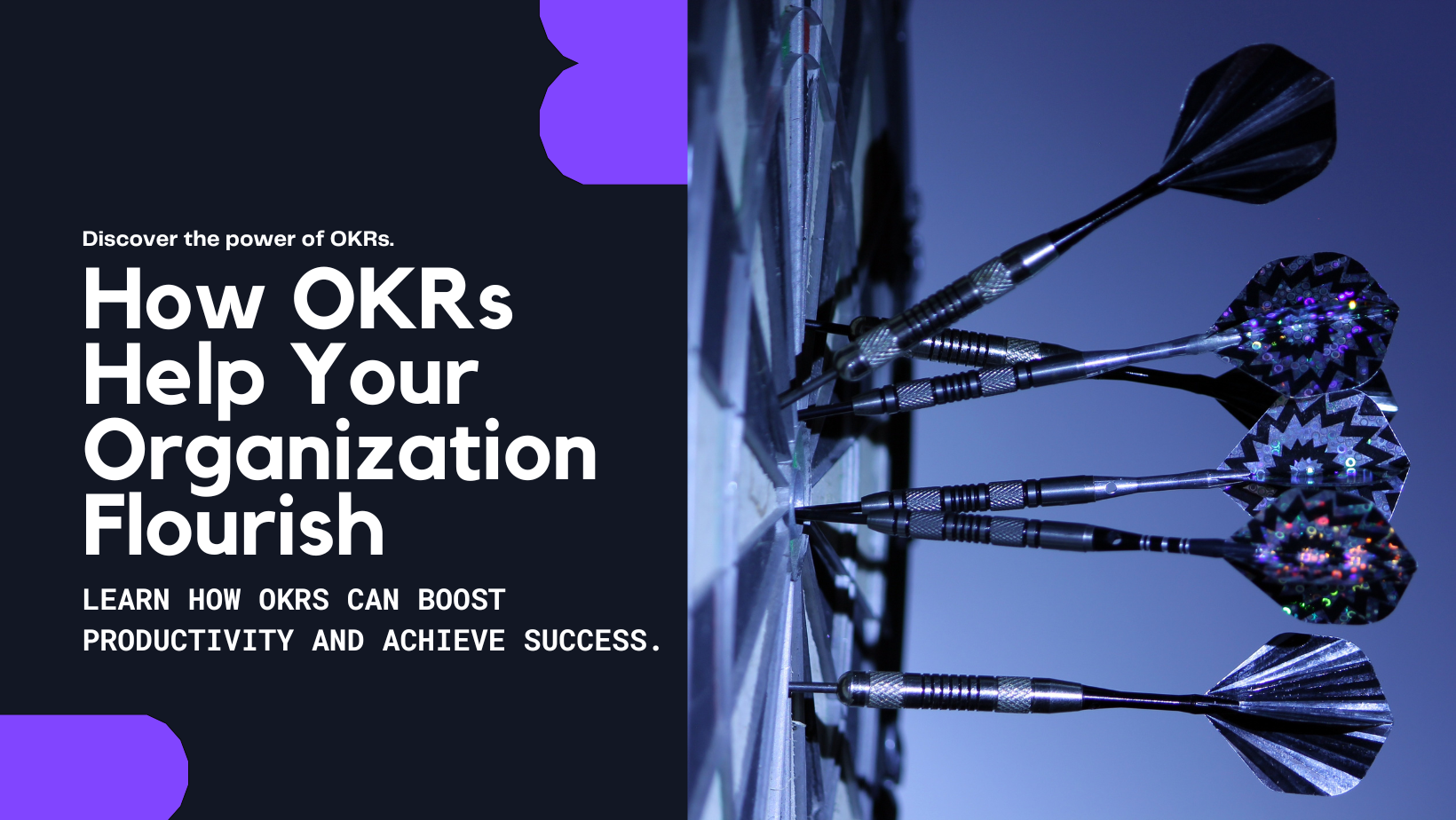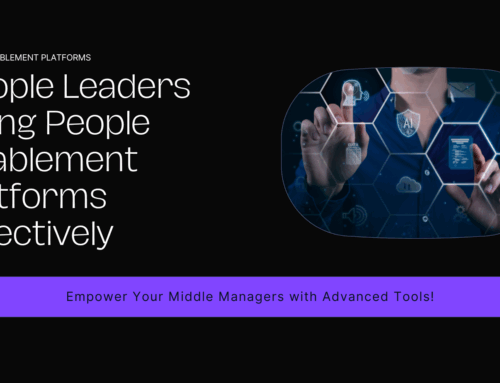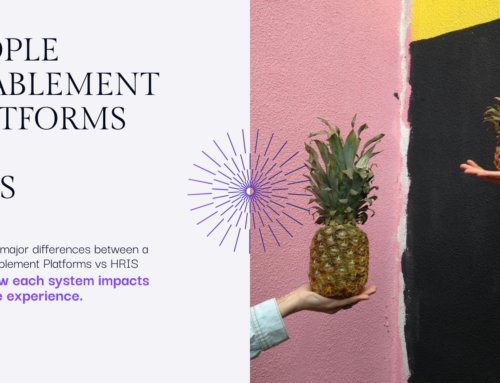Today’s fast-paced business environment has made organizations constantly seek effective ways to drive growth and achieve success. Objectives and Key Results (OKRs) have been around for some time, but are becoming more relevant as team collaboration is increasing in every sector. This powerful framework enables businesses to clearly define their goals, align their efforts, track progress, and foster a culture of transparency and accountability. From small startups to multinational corporations, OKRs have proven to be a valuable tool for organizations of all sizes and industries. Here, we will explore some key reasons why OKRs can help your organization flourish.
- Focus on clear goals
It’s pretty easy to get off-track and lose focus on goals, especially when there are tons of ideas and issues to tackle, whether you’re in a small team or a big company. That’s where OKR systems come in handy. One of the primary roles of OKR systems is defining and communicating clear goals and key results to your team. By laying out objectives and the key results that indicate success, OKRs ensure that everyone understands the strategic priorities and works towards shared goals.
- Alignment
When shared goals are clearly defined and effectively communicated, an OKR system plays a pivotal role in aligning the team’s efforts towards their common set of objectives. Through cascading, OKRs can flow from top-level leadership down to individual teams and employees. Laddering, on the other hand, allows individual teams and employees to take an active role in setting their own goals and aligning them with the higher level Key results. Additionally, they can connect their smallest tasks to the established OKRs to create a cohesive organizational effort around the overarching goals. This alignment fosters a sense of purpose, breaks down silos, and encourages a unified effort, ultimately increasing overall organizational efficiency and effectiveness.
- Measurement
OKRs are not just about goals and alignments; they are also about measuring progress. The Key Results associated with each Objective offer tangible metrics that enable organizations to track progress objectively.
Moreover, the regular check-ins and reviews of OKRs provide an opportunity to evaluate performance, provide feedback, and make necessary adjustments, ensuring that the organization stays on track towards its goals. By having measurable goals, organizations can effectively evaluate their performance, identify areas for improvement, and take corrective actions as needed.
- Transparency and Accountability
OKRs alignments lets everyone see how their role contributes to the broader organizational goals. It also helps identify who actually deserve credit for the organization’s achievements.
This visibility holds individuals and teams accountable for their contributions and creates a culture of ownership and responsibility. Transparency also promotes trust, cross-functional collaboration, and knowledge sharing.
By sharing progress and challenges openly, organizations can identify and resolve issues more effectively, leading to improved teamwork and overall performance.
- Agility and Adaptability
In a rapidly changing business landscape, organizations need to be agile and adaptable to stay ahead of the curve. OKRs are designed to embrace this need by allowing organizations to swiftly adjust their goals and priorities as needed.
By regularly reassessing and refining their OKRs, organizations can effectively align their strategies with evolving market dynamics and make timely adjustments. The regular cadence of reviewing OKRs creates an iterative process that enables teams and individuals to stay in tune with market trends, pivot quickly, and seize new opportunities. This agility and responsiveness contribute to the organization’s ability to navigate the ever-changing business landscape and drive sustainable success and maintain a competitive edge.
- Motivation and Engagement
OKRs improves employee motivation and engagement in different ways. Firstly, when individuals understand how their work directly contributes to the bigger picture, they feel a sense of purpose and meaning in their role. This understanding drives their engagement and motivation to excel.
Moreover, the transparent nature of OKR allows employees to see how their colleagues’ objectives align with their own. It fosters a sense of teamwork and encourages knowledge sharing, leading to a more engaged and productive team.
Furthermore, regular check-ins and reviews of OKRs provide opportunities for feedback, recognition, and growth. These interactions further fuel employee motivation and engagement.
- Continuous Learning and Growth
By setting ambitious yet achievable objectives, the OKRs system fosters continuous learning and growth within an organization. It encourages employees to stretch their abilities and pursue personal and professional development.
OKRs promote a growth mindset, where failures are viewed as learning opportunities and successes are celebrated as milestones. The regular check-ins and reviews and ongoing feedback and coaching enables employees to improve their performance and develop new skills. This focus on growth and development not only benefits individuals but also strengthens the organization as a whole.
Overall, OKRs provide a strategic framework that helps organizations communicate clear goals, align their efforts, measure progress, foster collaboration, adapt to change, and drive employee motivation and growth. By implementing OKRs effectively, organizations can enhance their performance, achieve their goals, and thrive in a highly competitive business landscape.
For more information about how Pandos can support your business growth and goals, email us at hello@pandos.ca or visit www.pandos.io to sign up today.



